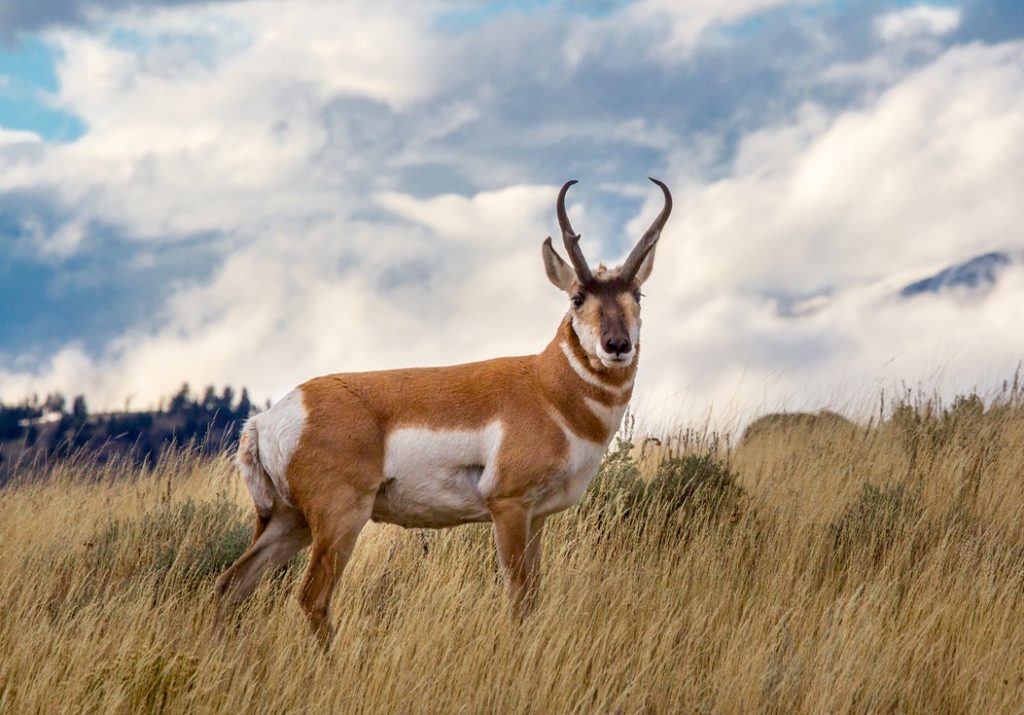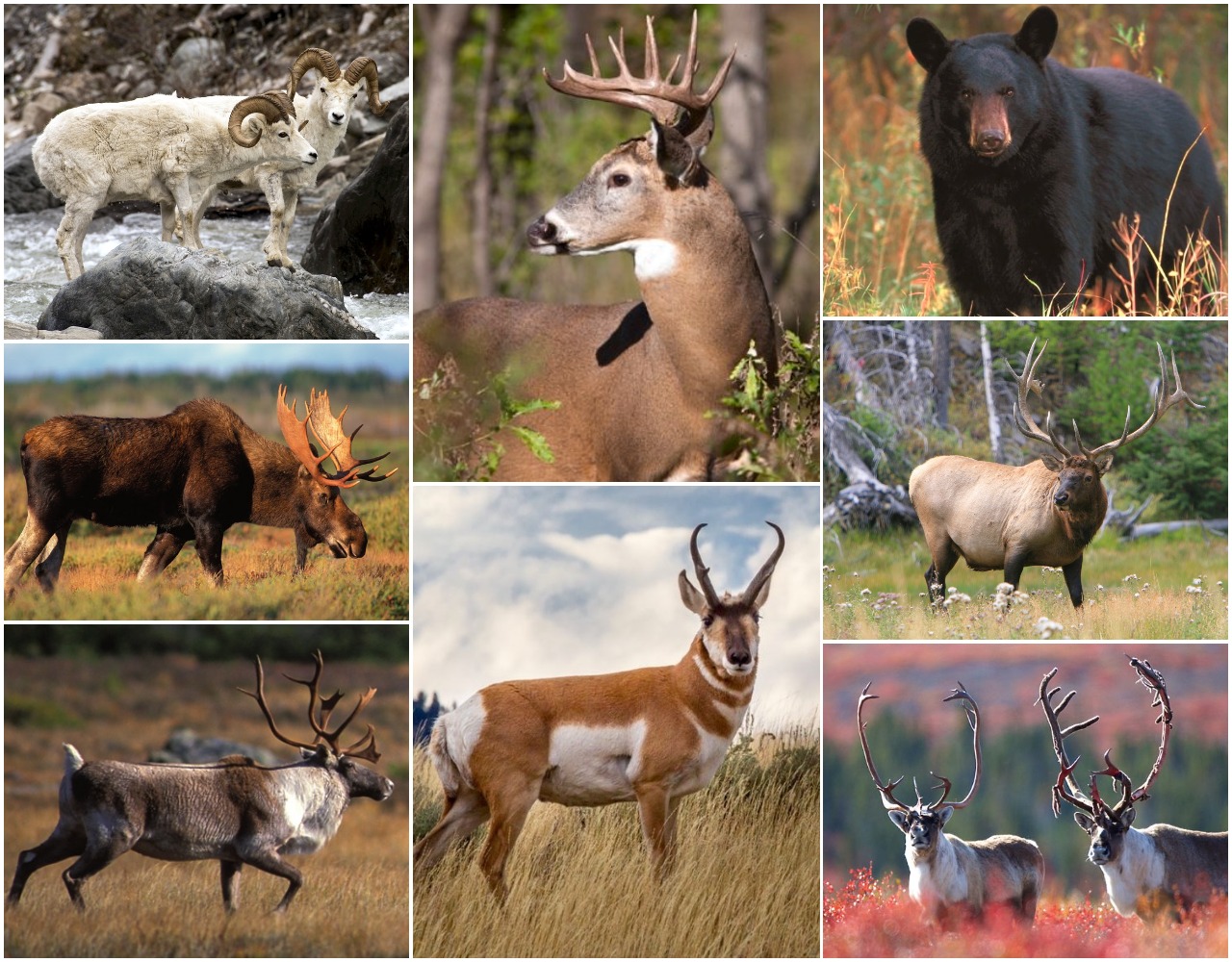The hunt is on!
Wildlife managers across the land reveal this year’s hot spots for Canada’s favourite big-game animals
Advertisement

ALBERTA
The past winter was long and snowy, particularly in the north half of the province, and spring was late in coming. That is not great news for deer hunters, who may want to look to the southern half of the province for their buck this fall. For the other big-game species, winter was tolerable and there should be some really good hunting opportunities come October.
BLACK BEARS
Advertisement
There are no concerns about Alberta’s black bear populations. Last year, hunters enjoyed the highest harvest of bears in a decade. The Foothills wildlife management units (WMUs) and the southern WMUs of the Northern Boreal zone are the best bets, although black bears can be found almost anywhere in the province; the coming season looks great.
ELK
Overall, the province’s elk population is considered stable, but that hides some regional variations that will affect hunter choices and potential success. Namely, elk numbers are down in the Mountain and Foothills WMUs, but that’s offset by increasing numbers in the Prairie and Parkland WMUs. Hunting opportunities will reflect those inventories.
Advertisement
MOOSE
For moose hunters, the coming season looks pretty good. This has not been a bad year for winter ticks, so winter survival was not an issue. Nonetheless, not all populations are doing well—numbers are down in the Foothills zone, as well as in some Northern Boreal WMUs. In the drier ecosystems of the Prairie and Parkland zones, however, moose are doing really well and their numbers are growing.
MULE DEER
With the milder winters, the Prairie and Parkland WMUs look really good for mule deer hunts this fall. But further north, including the Peace River area, it’s believed winter took its toll on the species, and numbers are likely down. Another dark cloud for Alberta’s mule deer is chronic wasting disease, with both the number of infections and the area of spread continuing to grow. Near the Saskatchewan border, 25 per cent of the deer recently sampled came up positive for the disease. That is not great news. For more details and advice for hunters, visit www.alberta.ca/cwd.
PRONGHORNS
Winter largely controls pronghorn populations, and with several consecutive mild winters in the south of the province, the numbers have grown nicely. As a result, all signs point to another great hunting season. For hunters drawn for pronghorns, hunting success is typically fantastic, at roughly 80 per cent.
WHITETAILS
The prospects are somewhat mixed for white-tailed deer hunters. In some productive areas, such as Peace country and the Northern Boreal fringe WMUs, deer populations likely took a hit due to this past winter’s heavy snow. That means hunters may have to be prepared to hunt a little harder in those areas. In the rest of the province, however, whitetail numbers should be stable, again making for great hunting prospects. The Foothills WMUs, particularly south and west of Calgary, look very promising.

